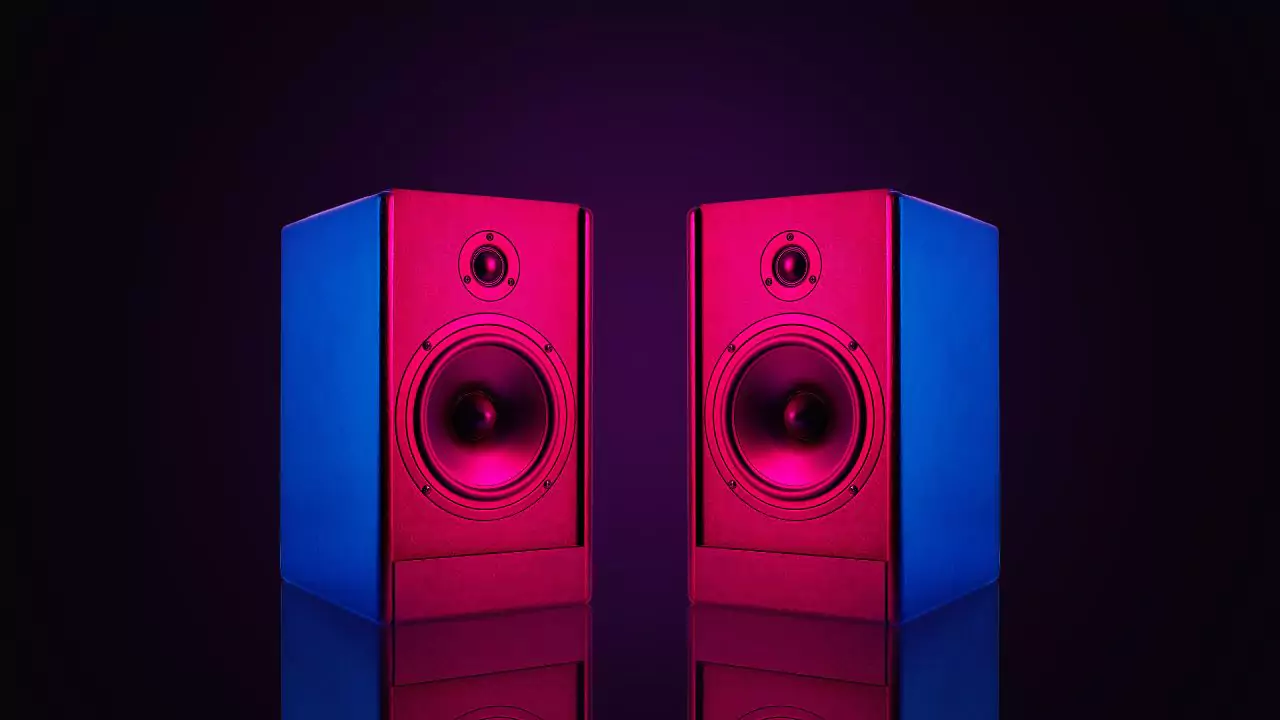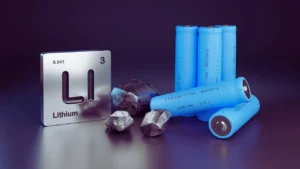To fix the bass of a speaker, there are several methods you can try. One common approach is port blocking, where you block or partially block the ports on the speaker to reduce excessive bass. Another option is to use a subwoofer, which can help to balance out the bass frequencies.
Additionally, you can use an equalizer to adjust the bass levels to your preference or consider investing in a room correction system to optimize the sound in your listening environment.
Finally, simply moving the speakers to a different location or wall can sometimes make a noticeable difference in bass response.
In This Article:
Identifying the Bass Issue
The first step is figuring out what’s wrong with your bass. Here are common culprits:
- Weak Bass: This means the low tones are quiet or nonexistent.
- Boomy Bass: The bass is overpowering and rumbles excessively.
- Distorted Bass: The bass sounds crackly or fuzzy.
Solutions for Weak Bass
- Speaker Placement: Bass waves travel in omnidirectional circles. Moving your speakers closer to a wall or corner can boost the bass because the sound waves bounce back and amplify. Experiment with placement until you find the sweet spot.
- Subwoofer Check (if applicable): If you have a subwoofer, make sure it’s turned on and the volume is adjusted. Check the connection between the subwoofer and speakers for loose wires.
- EQ Settings: Most receivers and audio players have equalizer (EQ) settings. Try raising the bass level on the EQ. Don’t overdo it, though – too much bass can become boomy.
- Source Material: The quality of the audio source can affect the bass. Low-quality MP3s might have weaker bass compared to high-resolution audio files.
Solutions for Boomy Bass
- EQ Settings: Just like boosting the bass for weak sound, you can reduce the bass level on the EQ. A minor modification can have a significant impact.
- Speaker Placement: Moving your speakers away from walls and corners can reduce the boomy effect. Experiment with placement to find a balance.
- Subwoofer Level: If you have a subwoofer, try lowering the volume on the subwoofer itself. This can help tame the low-end rumble.
Solutions for Distorted Bass
- Volume: Distortion often occurs when the volume is cranked too high. Turn down the volume and listen for improvement.
- Speaker Damage: If your speakers are old or blown out, they might be permanently damaged, causing distorted sound. In this case, consider replacing the speakers.
- Source Material: Similar to weak bass, distorted bass can be a sign of low-quality audio. Try playing a higher-quality audio file and see if the distortion improves.
Bonus Tips
- Room Acoustics: Bare rooms can sound harsh and thin. Consider adding rugs, curtains, or furniture to absorb sound reflections and improve the overall sound quality, including the bass.
- Speaker Upgrades: If none of the above solutions work, your speakers might have limitations. Upgrading to speakers with better bass response might be the ultimate fix.
Conclusion
By following these steps, you should be able to diagnose and fix weak, boomy, or distorted bass on your speakers. Remember, small adjustments can make a big difference. With a little tweaking, you can get your speakers thumping like new and enjoy your music to the fullest.





